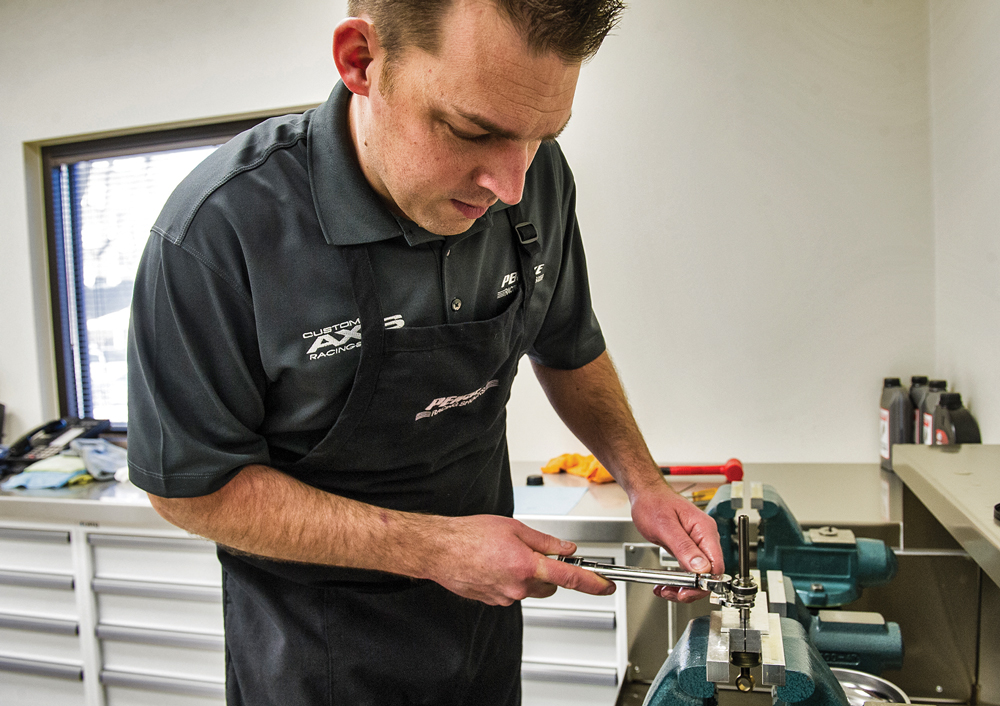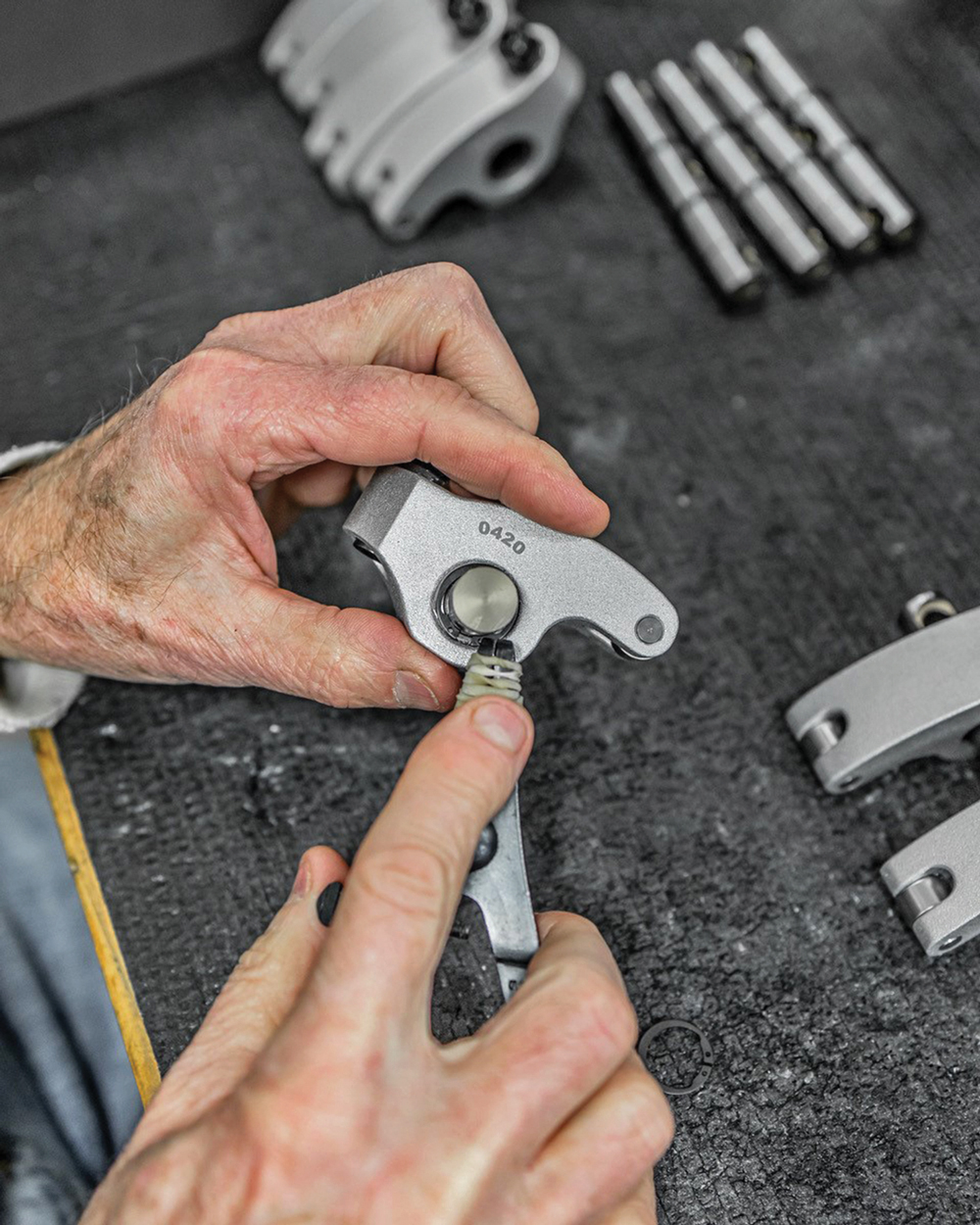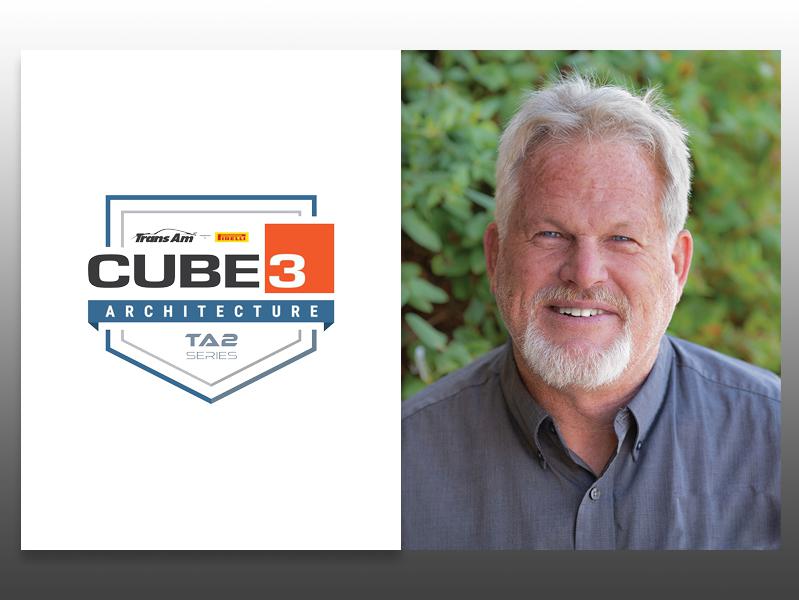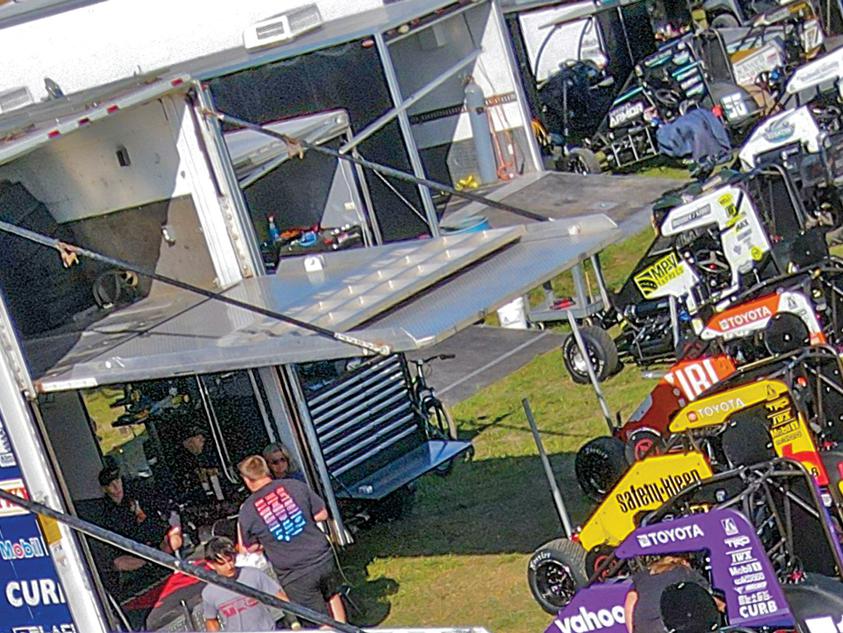Ask the Experts: When To Rebuild Race Parts

Reconditioning components can be a significant cost saver, but it’s not always the best option.
With the recent rise in costs both within motorsports and the world at large, competitors across virtually all racing disciplines continue to look for ways to make better use of their budgets. For some, that might mean extending the life of a chassis by an extra season or switching to a tire compound with improved longevity. But as Aaron Lambert of Penske Racing Shocks in Reading, Pennsylvania, pointed out, there’s an effective tactic that is often underutilized.
“Servicing and rebuilding certain parts in regular intervals can be a significant cost-saver,” Lambert explained. “If a racer can be disciplined about maintaining components like shocks, they might never need to replace them.”
Lambert told us that the inherent design of components like shocks—which include both reusable “hard” components like bodies and shafts as well as consumable elements like oil, seals, and shims—are often good candidates for rebuilds.
“All of our shocks are owner-rebuildable, though racers need to be aware of any limitations imposed by a class rule set,” Lambert explained. “With Spec Miata, for example, shocks need to be sent to us at Penske to be rebuilt simply to ensure that the internals remain in line with the rules. But we can show someone how to do a rebuild in just a few minutes.”

This cost-conscious approach isn’t limited to shocks, either.
“Ninety percent of what we manufacture is rebuildable,” said Carl Depazza of Jesel, Lakewood, New Jersey. “Rockers and lifters are particularly popular for rebuilds. Depending on the part and what a customer wants to do with one of those rebuilds, the cost savings can be anywhere from 40–60% versus replacing the part.”
Lambert said that having Penske Racing Shocks service a shock can save customers as much as 75% of the price of replacement, while racers who are willing to do the work themselves can save as much as 90%. The latter does come with some caveats, though.
“If you want to check your work, you really need to have a shock dyno. It’s important to start with a baseline measurement before the rebuild, and then dyno it again after the work is done to make sure the shock is performing as it’s supposed to. That can be a worthwhile investment for a lot of racers, though. If you’re at the level where you’re making adjustments to your shocks and tuning them, looking at tire wear and all of that, you really should have one. I’ve seen racers waste months of time trying to tune around an issue, but if they’d had a dyno, they would have been able to immediately realize that they actually had a shock problem. In other cases, it would have been able to confirm that they didn’t have a shock problem, and that they should look at other parts of the car. At a certain point, it becomes about the value of your time.”
He noted that the service and rebuild process of a shock is often simply a matter of replacing oil, seals, and shims, but there are situations where other parts may be needed.

“All of the parts are replaceable,” Lambert stated. “If a shock body is worn down, for example, we can replace that as well. Customers can just take the body off of a shock and send that in to us, or simply order a body separately. It’s just a matter of knowing what to look for. Shock bodies normally don’t wear out through normal use, though. If the car is involved in an incident and the shock is dented, obviously it’s no good anymore.”
Excessive wear can also be caused by bad habits. “The only situation where we really see bodies wear out is when they’re left on the car when it’s riding in the trailer,” Lambert added. “Traveling across the country with the car strapped down, those small, repeated oscillations in the same area of the shock for hours on end can do some damage. On the race track, the shock is going through its full travel—you’re never really riding just one area of it.”
As with shocks, virtually all of a rocker’s components are replaceable, Depazza explained. “When a rocker is sent in to us for a rebuild, it’s disassembled, which involves taking the adjuster assembly out and pressing the axle bearings out, along with the roller tip. A solid roller can often be reused, but a needle roller is usually replaced along with the axle.”
Rocker components are then inspected for cracks and other damage before being put into an ultrasonic hot tank and then inspected again. After that, new components are sourced for the rebuild, and reused parts are put through a tumbling process to recondition them. Aluminum bodies are put through a shot peening process to remove imperfections, and afterward all of the components are once again put through a wash process before reassembly begins.
“Generally speaking, with aluminum rockers we try to limit rebuilds to 10 years because of metal fatigue,” he added. “But if it’s a nostalgic set, or something along those lines, we’ll rebuild them. There are folks who’re still running sets that were produced in the 1980s and 1990s. But even with that 10-year limit recommendation, it can be a huge cost savings. You could rebuild them 10 times in that time frame if you’re doing it once a season.”
There are situations with shocks where it makes more sense to go with a new part, Lambert said.
“Wrecks can create situations like that,” he explained. “When a sprint car gets in an accident, they tend to flip and roll, and the violence of that can do quite a bit of damage. You can ding up a shock body, bend the shaft, and all sorts of other things all at once. Roughly 60% of the total cost of a shock is in three or four parts, so at a certain point, you lose the cost-effectiveness of rebuilding the shock rather than simply replacing it.”
SOURCES
Jesel
jesel.com
Penske Racing Shocks
penskeshocks.com
 MEMBERSHIP LOGIN
MEMBERSHIP LOGIN JOIN PRI
JOIN PRI


